Digital Peripheries
The Online Circulation of Audiovisual Content from the Small Market Perspective
by Petr Szczepanik, Pavel Zahrádka, Jakub Macek, Paul Stepan
DescriptionDetailsHashtagsReport an issue 






Book Description
Media industry research and EU policymaking are predominantly tailored to large (and, in the latter case, Western) European markets. This open access book addresses the specific qualities of smaller media markets, highlighting their vulnerability to global digital competition and outlining survival strategies for them. New online distribution models and new trends in the consumption of audiovisual content are limited by, and pose new challenges for, existing audiovisual business models and their legal framework in the EU. The European Commission's Digital Single Market (DSM) strategy, which was intended e.g. to remove obstacles to the cross-border distribution of audiovisual content, has triggered a heated debate on the transformation of the existing ecosystem for European screen industries. While most current discussions focus on the United States, Western Europe, and the multinational giants, this book approaches these industry trends and policy questions from the perspective of relatively small and peripheral (in terms of their population, language, cross-border cultural flows, and financial and/or symbolic capital) media markets.This open book is licensed under a Creative Commons License (CC BY). You can download Digital Peripheries ebook for free in PDF format (4.5 MB).
Book Details
Title
Digital Peripheries
Subject
Business and Management
Publisher
Springer
Published
2020
Pages
303
Edition
1
Language
English
ISBN13
9783030448493
ISBN10
3030448495
ISBN13 Digital
9783030448509
ISBN10 Digital
3030448509
PDF Size
4.5 MB
License

Related Books
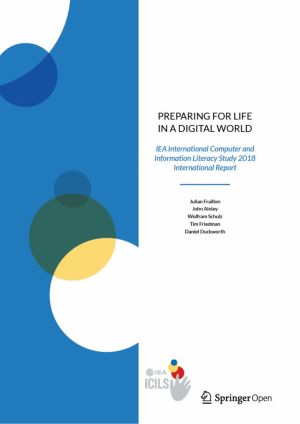
This book summarizes the key findings from the second cycle of IEA's International Computer and Information Literacy Study (ICILS), conducted in 2018. ICILS seeks to establish how well schools around the globe are responding to the need to provide young people with the necessary digital participatory competencies. Effective use of information ...
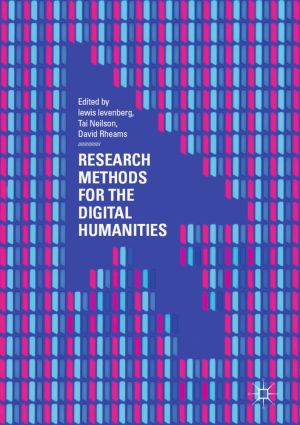
This volume introduces the reader to the wide range of methods that digital humanities employ, and offers a practical guide to the study, interpretation, and presentation of cultural material and practices. In this instance, the editors consider digital humanities to include both the use of computing to understand cultural material in new ways, and...
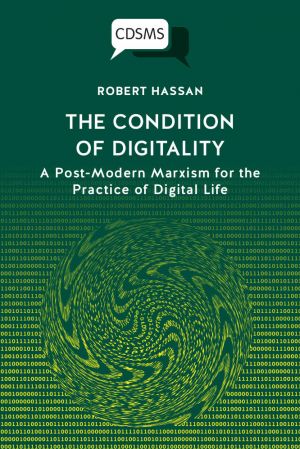
David Harvey's The Condition of Postmodernity rationalised capitalism's transformation during an extraordinary year: 1989. It gave theoretical expression to a material and cultural reality that was just then getting properly started - globalisation and postmodernity - whilst highlighting the geo-spatial limits to accumulation imposed by o...

This open book reports on cutting-edge electrical engineering and microelectronics solutions to foster and support digitalization in the semiconductor industry. Based on the outcomes of the European project iDev40, which were presented at the two first conference editions of the European Advances in Digital Transformation Conference (EADCT 2018 and...
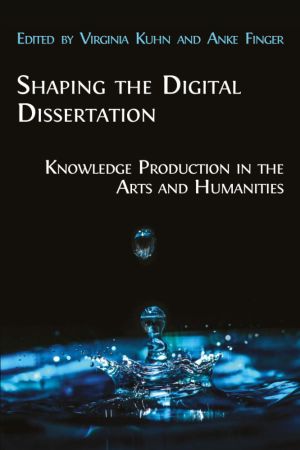
Digital dissertations have been a part of academic research for years now, yet there are still many questions surrounding their processes. Are interactive dissertations significantly different from their paper-based counterparts? What are the effects of digital projects on doctoral education? How does one choose and defend a digital dissertation? T...
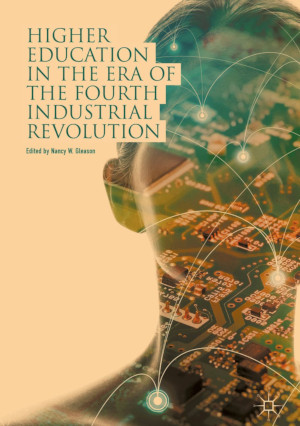
This collection examines how higher education responds to the demands of the automation economy and the fourth industrial revolution. Considering significant trends in how people are learning, coupled with the ways in which different higher education institutions and education stakeholders are implementing adaptations, it looks at new programs ...

